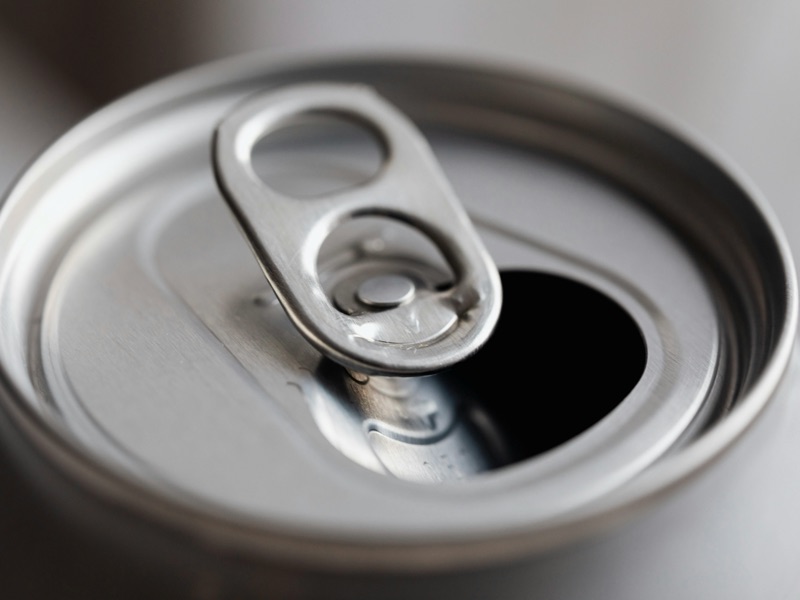When we talk about threats to public health, images of pandemics or pollution may come to mind. But one silent killer has embedded itself into daily life across the United States and many parts of the world: soda. With its fizzy sweetness and aggressive marketing, soda has become a staple of the modern diet. But science is increasingly clear—this beverage, consumed regularly by millions, is a major contributor to chronic disease and early mortality. Here’s why.
1. Sugar Overload and Metabolic Chaos
The average 12-ounce can of soda contains about 39 grams of added sugar—roughly 10 teaspoons. According to the American Heart Association, the maximum recommended daily intake of added sugar is 36 grams for men and 25 grams for women. Just one soda can surpass that.
This influx of sugar, especially in the form of high-fructose corn syrup (HFCS), overwhelms the liver. Unlike glucose, which can be metabolized by nearly every cell in the body, fructose is processed almost exclusively in the liver. When consumed in excess, fructose is converted into fat—a process that contributes to non-alcoholic fatty liver disease (NAFLD). NAFLD has seen a sharp rise in recent decades, mirroring the increase in soda consumption.

2. Insulin Resistance and Type 2 Diabetes
Excessive sugar intake from sodas contributes to insulin resistance, a condition where cells no longer respond effectively to insulin. This forces the pancreas to produce more insulin, which eventually wears it out, leading to type 2 diabetes. A large meta-analysis published in the British Medical Journal found that individuals who consumed one to two servings of sugar-sweetened beverages per day had a 26% greater risk of developing type 2 diabetes than those who rarely consumed them.
3. Obesity Epidemic Fuel
Sugary drinks are the single largest source of added sugar in the American diet. They are calorically dense but nutritionally empty and do not trigger satiety the way solid food does. This means people consume large amounts of calories from soda without feeling full, contributing significantly to weight gain.
Obesity is not just about appearance—it’s associated with cardiovascular disease, certain cancers, sleep apnea, arthritis, and mental health disorders. According to the CDC, more than 40% of American adults are obese. Soda is not the only factor, but its role is scientifically undeniable.

4. Cardiovascular Risk
A study published in the Journal of the American Medical Association found that individuals who consumed more than 10% of their daily calories from added sugar had a 38% higher risk of dying from cardiovascular disease. That risk nearly tripled for those consuming 25% or more. Soda drinkers are often in this upper range.
Soda increases triglyceride levels and lowers HDL (“good”) cholesterol. It also promotes inflammation and oxidative stress—both of which are critical pathways in heart disease development.
5. Dental Decay and Bone Loss
The combination of sugar and acid in soda is especially damaging to teeth. Phosphoric acid, citric acid, and carbonic acid erode enamel, while sugar feeds cavity-causing bacteria. The result is rampant tooth decay, especially in children and teens.
Some studies also link soda to decreased bone mineral density. Phosphoric acid may alter the body’s calcium balance, and when soda displaces milk or other calcium-rich drinks, it further increases the risk of osteoporosis, particularly in women.
6. Addiction and Neurochemical Effects
Soda is designed to be addictive. Sugar stimulates the release of dopamine, the brain’s reward chemical, in a manner similar to that of addictive substances. Over time, this creates tolerance and dependency, encouraging repeated consumption even when the individual knows it’s harmful.
Caffeine in many sodas adds another layer of dependence. It stimulates the central nervous system and creates withdrawal symptoms like headaches and fatigue, further reinforcing habitual use.

7. Disproportionate Impact on Low-Income and Minority Communities
The soda industry has heavily targeted low-income and minority communities with marketing, sponsorships, and distribution strategies. As a result, these groups experience disproportionately high rates of obesity, diabetes, and related complications. This isn’t just a health issue—it’s a matter of environmental and social justice.
Conclusion: A Preventable Crisis
Soda may seem harmless—a fun, fizzy drink that’s part of everyday life. But scientific evidence has been stacking up for decades: regular soda consumption is directly linked to a host of chronic diseases that are shortening lives and straining healthcare systems.
This is not about banning soda or shaming individuals. It’s about recognizing a public health hazard and making informed choices. Reducing or eliminating soda intake is one of the simplest, most powerful steps a person can take toward better health. And for a nation facing spiraling rates of preventable disease, it’s a critical shift we can’t afford to ignore.
Comments
Post a Comment